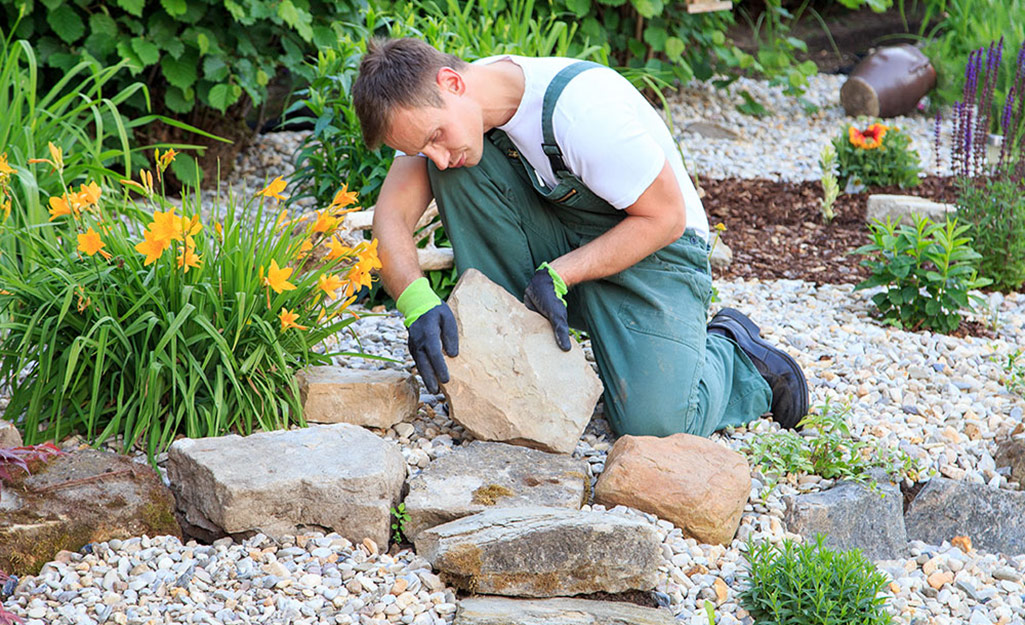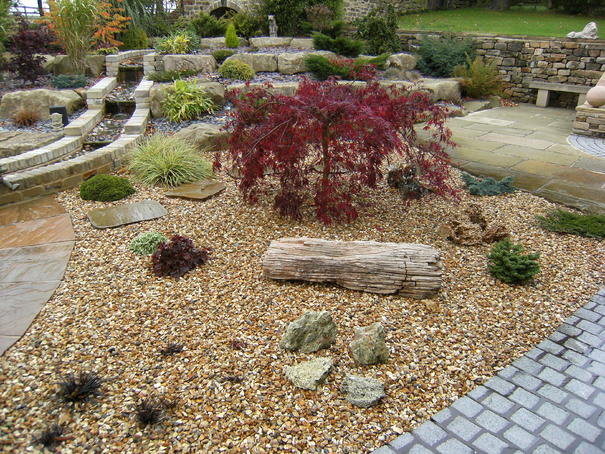Are you looking to enhance the aesthetic appeal of your garden? Decorative stone is an excellent choice for creating stunning landscapes that reflect your personality and style. In this comprehensive guide, I’ll share everything you need to know about decorative stone, from different types available to installation and maintenance tips.
What is Decorative Stone?
Decorative stone refers to a variety of natural or manufactured materials used to beautify outdoor spaces. These stones come in different shapes, sizes, and colors, allowing you to create unique designs in your garden.
Types of Decorative Stone for Your Garden
Choosing the right decorative stone can be a daunting task, given the numerous options available. Here, I’ll break down some popular types of decorative stones and their potential uses.
1. River Rock
River rocks are smooth stones that are often used for paths or to add a natural touch around plants. Their rounded edges make them easy to walk on.
2. Pea Gravel
Pea gravel consists of small, round stones and is great for driveways, paths, and even as a base for other decorative stones. It is available in various colors, adding versatility to your design.
3. Crushed Stone
Crushed stone is made of larger, angular stones that can provide excellent drainage and can be used to create borders or accents in your garden.

4. Flagstone
Flagstone is a flat stone that can be used to create walkways and patios. Its large, durable pieces can add a rustic charm to any garden space.
5. Decorative Gravel
This type of stone comes in various colors and sizes, making it ideal for flower beds and decorative pathways.

6. Lava Rock
Lava rock offers a unique texture and is excellent for retaining heat, making it great for succulent gardens.
7. Marble Chips
Marble chips are known for their bright, reflective qualities. They can be used to create an elegant look in flower beds or as decorative mulch.

Benefits of Using Decorative Stone in Your Garden
Integrating decorative stone into your garden design comes with numerous advantages:
- Low Maintenance: Unlike traditional mulch, decorative stones don’t decompose, cutting down on garden maintenance.
- Weed Control: Stone acts as a barrier, preventing weed growth and reducing the need for herbicides.
- Versatility: Stones can be used in various ways, from pathways to borders, making them suitable for any garden style.
- Durability: Stones are weather-resistant and can last for years without needing replacement.
- Eco-Friendly: Many decorative stones are natural materials, making them a sustainable choice for landscaping.
How to Choose the Right Decorative Stone for Your Garden
When selecting decorative stone, consider the following factors:
1. Purpose
Determine what you want to achieve. Are you looking to create a pathway, border, or accent detail? Your purpose will dictate the type of stones to choose.
2. Color Palette
Consider the color scheme of your garden. Choose stones that complement your plants and the overall style of your home.
3. Size and Shape
Decide on the size of stones based on their intended use. Larger stones can serve as focal points, while smaller stones may work better for ground cover.

4. Cost
Budget is crucial when selecting decorative stones. Prices can vary significantly, so understanding your limits will help narrow down your options.
Installing Decorative Stones in Your Garden
Once you’ve chosen your decorative stones, it’s time to plan for installation. Below are steps to ensure a successful project.

Step 1: Prepare the Area
Clear the area of grass, weeds, and debris. A clean surface will help your stones sit evenly.
Step 2: Lay a Landscape Fabric
Using landscape fabric can prevent weed growth. Lay it down in the area where you plan to install the stones.

Step 3: Add a Base Layer
For pathways, consider adding a base layer of crushed stone for stability. This will also facilitate drainage.
Step 4: Spread Decorative Stones
Carefully spread your chosen decorative stones over the landscape fabric. Ensure an even layer for a polished look.
Step 5: Finishing Touches
Adjust the stones for an aesthetically pleasing arrangement. You can mix different types of stones for a textured look.
Maintenance of Decorative Stone
While decorative stone is low-maintenance, a few care tips can help maintain its beauty over time.
Regular Cleaning
Occasionally remove debris and dirt buildup. A simple rinse with a hose can refresh the stones.
Weeding
Even with landscape fabric, weeds may still appear. Regularly check for and remove them as needed.
Stone Replacement
Over time, some stones may become displaced. Periodically check and replenish stones if necessary.
Comparative Analysis of Decorative Stone Types
| Type of Decorative Stone | Best Use | Cost | Maintenance Needs |
|---|---|---|---|
| River Rock | Paths, gardens | Moderate | Low |
| Pea Gravel | Driveways, pathways | Low | Low |
| Crushed Stone | Drainage, borders | Moderate | Low |
| Flagstone | Walkways, patios | High | Low |
| Decorative Gravel | Flower beds, pathways | Moderate | Low |
| Lava Rock | Succulent gardens | Moderate | Very Low |
| Marble Chips | Flower beds, accents | High | Low |
Pros and Cons of Using Decorative Stone
Pros
- Durable and long-lasting
- Enhances aesthetic appeal
- Helps control weeds
- Variety of colors and textures
Cons
- Can be more expensive than mulch
- Stones can get hot in direct sunlight
- Heavy and difficult to move
- Potential for shifting over time
Personal Experience: My Journey with Decorative Stone
When I first started landscaping my garden, I was overwhelmed by the choices available. After extensive research, I decided on a mix of river rock and pea gravel for my pathways and borders. The transformation was incredible! The smoothness of the river rocks contrasted beautifully with the texture of the pea gravel, creating a visually stunning environment. Not only did my garden come to life, but I also noticed a significant decrease in the maintenance required. It truly was one of the best decisions I made for my outdoor space.
FAQs About Decorative Stone
1. How much decorative stone do I need?
The amount of decorative stone required depends on the area you are covering and the depth you want. A general rule is that one cubic yard of stone covers approximately 100 square feet at a depth of 3 inches.
2. Is decorative stone suitable for all climates?
Yes, decorative stone is versatile and can be used in various climates. However, be mindful of extreme temperatures as some stones can become hot in direct sunlight.
3. Can I mix different types of decorative stones?
Absolutely! Mixing different stones can create a unique and visually appealing design. Just ensure that the stones are compatible in terms of size and drainage.
4. How do I prevent weeds from growing in decorative stones?
Using landscape fabric underneath the stones can significantly reduce weed growth. Regular maintenance, such as checking for weeds, is essential as well.
5. Can decorative stones be used in water features?
Yes, decorative stones can enhance ponds, fountains, and other water features. Just ensure that the stones are suitable for aquatic environments.